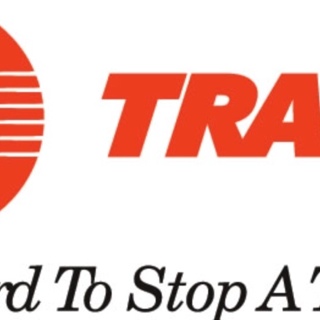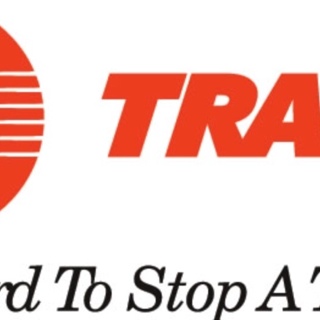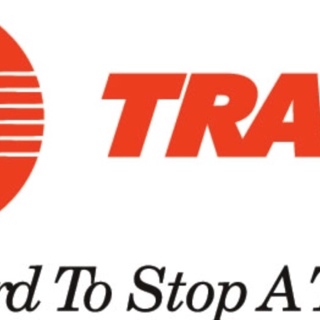Information
-
Project Name
-
Project ID
-
Customer
-
Inspector
-
Conducted on
-
Location
-
Subcontractor site-specific safety plan/fall protection plan etc. on-site
-
OSHA/State required safety postings on-site
-
Weekly safety meeting - (topic noted on sign-up sheet & copies submitted to Trane)
-
Personnel Attendance Lsit
Name and Company
-
Name (first and last)
-
Company
-
Subcontractor daily inspection by supervisor or safety representative - (On-site and reviewed)
-
All accidents/incidents/near misses reported to Trane supervisor and EHS immediately (subcontractor and Trane)
-
Proper PPE Use - (Minimum - safety glasses, hard hat, steel toe boots - note additional as required)
-
Safe Roof/Mezzanine/Floor access - (List type of access)
-
Overhead protection in place for overhead work (crane, helicopter, steel installation, roof openings, roof edge - note additional when applicable)
-
Fall Protection system in place for work closer than 15-feet from fall hazard (roof edge, floor openings, etc)
-
Proper fall protection used by all exposed employees
-
Training per regulator requirements
-
Tethered Fall Protection
-
Picture of Fall Protection
-
One person per tether line (each line is rated for 2000 lbs)
-
Full Harness used
-
Monitored System Used
-
Float or very low pitched roof
-
Monitored easily identified (different color vest, hard hat, etc)
-
Monitoring/Warning lines or alarms on place and greater than 15 feet from edge
-
Picture of Monitoring System
-
Trenching
-
No Water
-
Is Deeper than 36 inches (3 Feet)
-
Shoring Installed
-
Picture of Shoring
-
Proper Slope
-
Ladder Access every 50 feet
-
Picture of Ladder
-
Ladders in Use on Site
-
Step Ladders
-
Inspected
-
Fully Extended
-
Proper Height (not stangng on top two rungs)
-
Step Ladder Pictures
-
Extension Ladders
-
Secured at top
-
36 inch overlap at landing
-
Pictures of Extension Ladders
-
Inspected
-
4 to 1 ratio
-
Scaffolding At use on site
-
Inspected Daily (meets all regulator requirements)
-
Personnel are Trained for use
-
Scaffolding Erectors are specifically trained for erecting scaffolding
-
Slips/Trips/Fall Hazards (holes covered, water cleared, trip hazards)
-
Description of At Risk Hazard
Hazard Description
-
Description
-
Picture of At Risk Hazard
-
Crane Use
-
Trane Use Checklist
-
Forklift
-
Inspected Daily before use
-
Seat belt used
-
Trained operator
-
Hot Work
-
Extinguishers every 75 ft
-
Inspected Monthly
-
Combustible Materials moved away from Hot Work Areas
-
Hot Work Permits Completed
-
Fire Watch for 30 mins after hot work complete
-
Electrical Safety Work
-
Using GFCI on all equipment
-
All Extension Cords inspected and less than 50 feet
-
Lock Outs Tag Outs per regulations
-
Work in Switchgear or Electrical Panel
-
Panel Voltage
-
How many Cals Required
-
Minimum Cals Meet
-
Picture of worker in PPE
-
NFPA 70E followed
-
Good house Keeping Maitained
-
Description of Problem Area
-
Picture of Cleaning Area
-
Hazardous Material
-
MSDS onsite
-
Proper Storage Area
-
Proper PPE when handeling
-
Staff/Public Protection
-
Issue
Safety Issue
-
Description
-
Picture of At Risk Area/Issue
-
Proper Lighting in Work Areas
-
Noise Control Areas
-
Weather
- Sunny
- Cold
- Hot
- Windy
- Rainy
- Other
-
Weather Description
-
Other Issues
-
Details about other issues
Other Issues Descriptions
-
Additional Notes and Corrective Actions
-
Additional General Pictures
-
Signature








